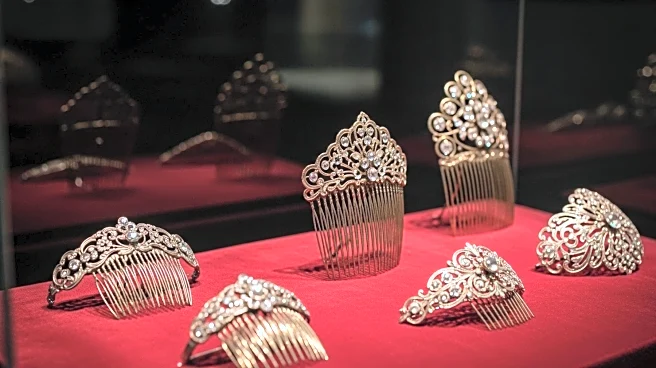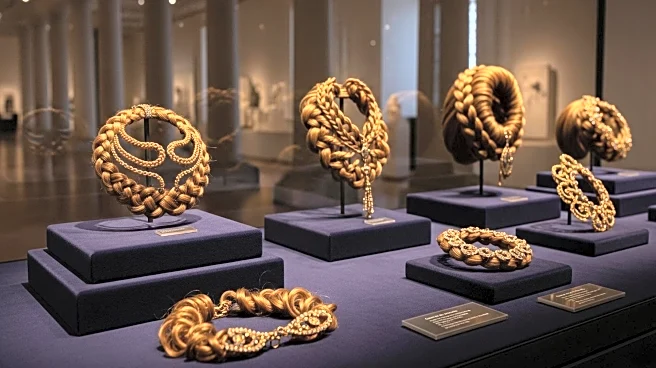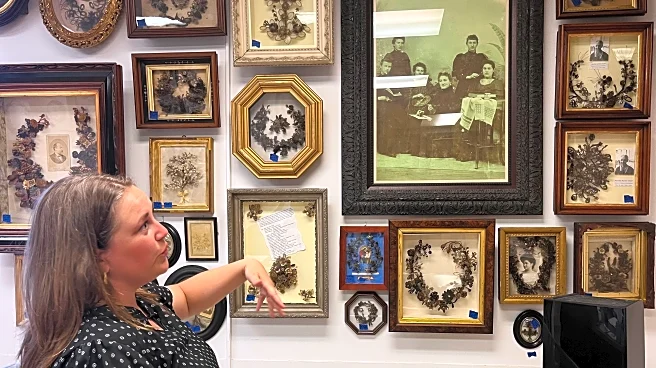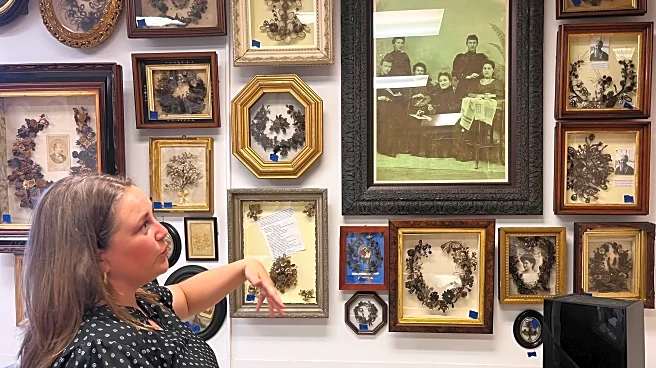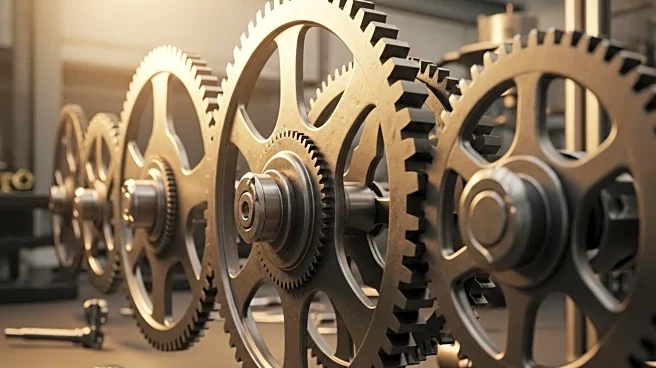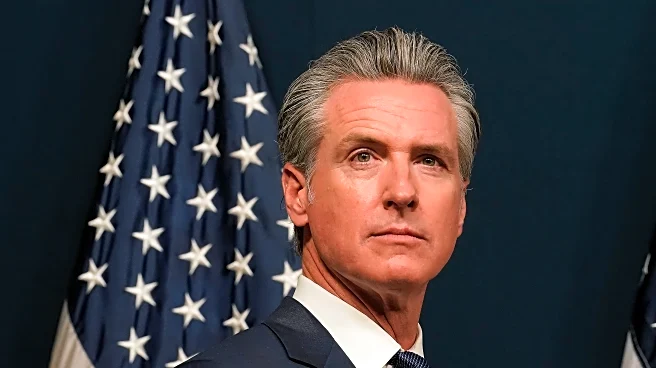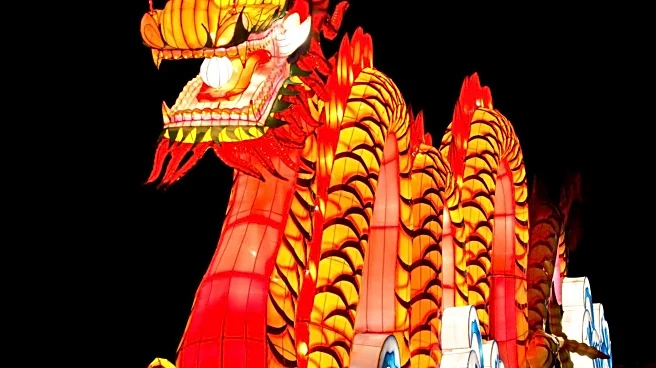What's Happening?
Leila's Hair Museum in Independence, Missouri, known for its unique collection of hair art, is closing its doors following the death of its founder, Leila Cohoon. The museum housed over 3,000 pieces, including hair from celebrities like Marilyn Monroe and historical figures. Cohoon's granddaughter, Lindsay Evans, is overseeing the rehoming of the collection to various museums across the U.S., including the Metropolitan Museum of Art and the National Museum of Women in the Arts. The collection features intricate wreaths and jewelry made from human hair, a form of art that peaked in popularity in the mid-1800s.
Why It's Important?
The closure of Leila's Hair Museum marks the end of a unique cultural institution that preserved a rare form of art. Hair art, often created by women, represents a historical narrative and personal connections, offering insights into past societal norms and practices. The rehoming of the collection ensures that this art form continues to be appreciated and studied, highlighting the importance of preserving diverse cultural heritage. The museum's closure also reflects broader trends in how art and history are curated and displayed, emphasizing the need for inclusive representation in major institutions.
What's Next?
As the collection is distributed to various museums, it will likely attract new audiences and spark interest in hair art as a historical and cultural artifact. The integration of these pieces into larger institutions may lead to increased recognition and appreciation of women's contributions to art and history. This transition may also inspire other niche museums to collaborate with larger entities to preserve and promote unique cultural artifacts.
Beyond the Headlines
The museum's closure raises questions about the preservation of unconventional art forms and the role of women in art history. It underscores the need for broader recognition of diverse artistic expressions and the importance of maintaining cultural heritage. The rehoming process may also influence how museums approach the curation of personal and historical narratives.

